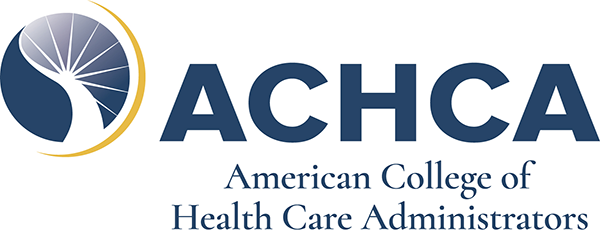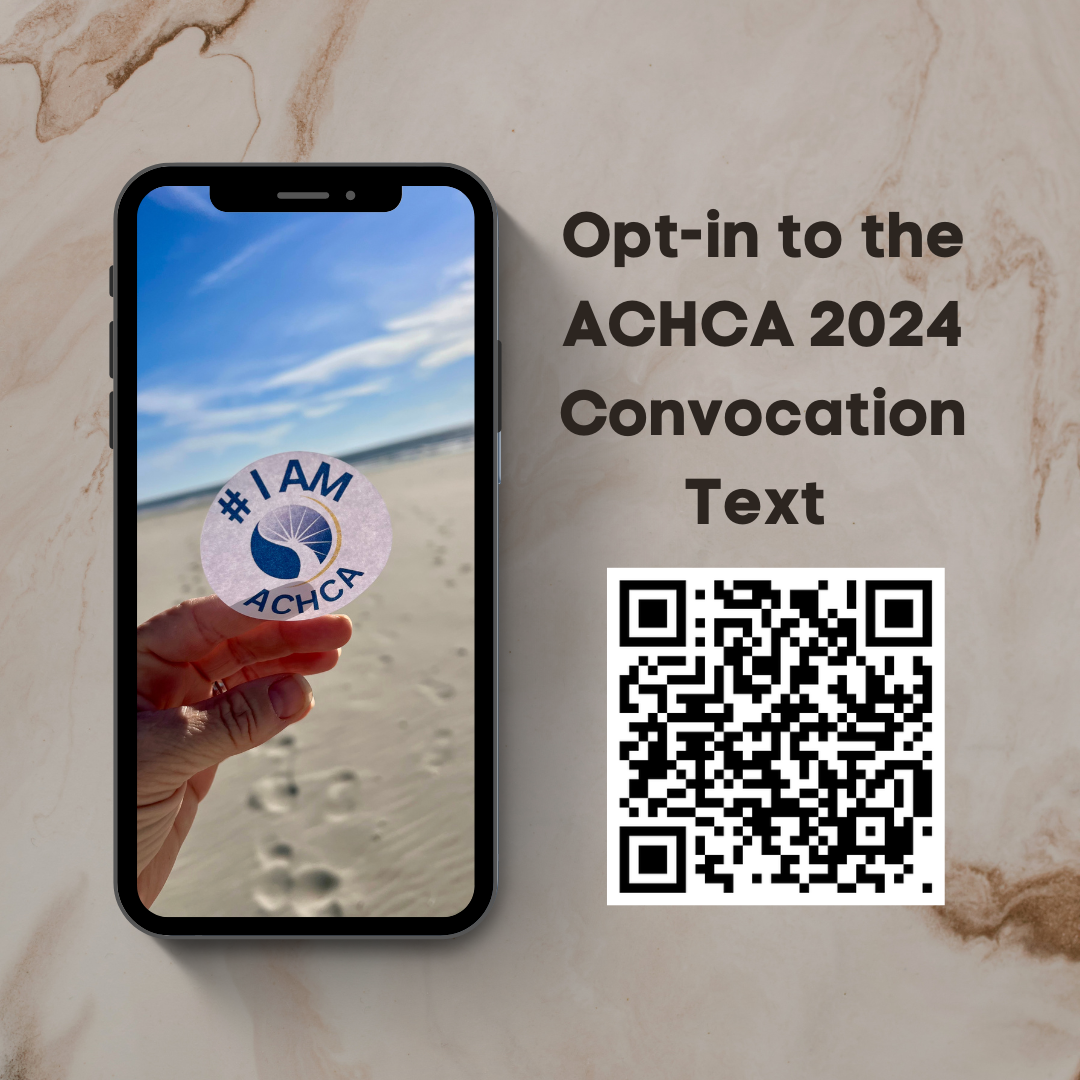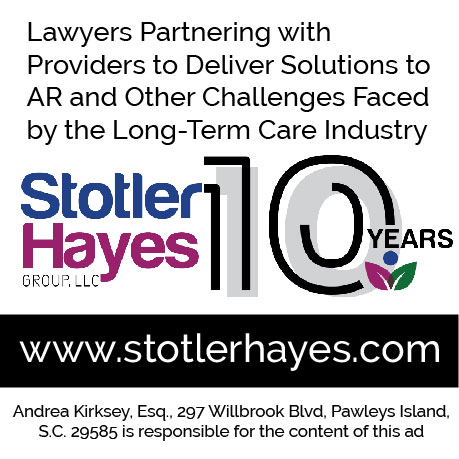In today’s rapidly evolving healthcare landscape, skilled nursing facilities (SNFs) constantly seek innovative strategies to enhance resident care, streamline operations, and stay ahead of regulatory requirements. One significant step forward for SNFs is the decision to change software systems. While implementing new software can be daunting, it presents an opportunity to revolutionize how SNFs manage their daily operations. This blog post will highlight the considerations and best practices involved in transitioning from one software system to another and how your facility can navigate this change successfully. So, fasten your seatbelts as we embark on the journey of SNFs in changing software systems.
Needs Assessment & Vendor Selection
Start by identifying the specific needs and requirements of your SNF. Pinpoint the areas where the software can bring the most value, such as resident management, billing and financial, scheduling, clinical documentation, or reporting.




